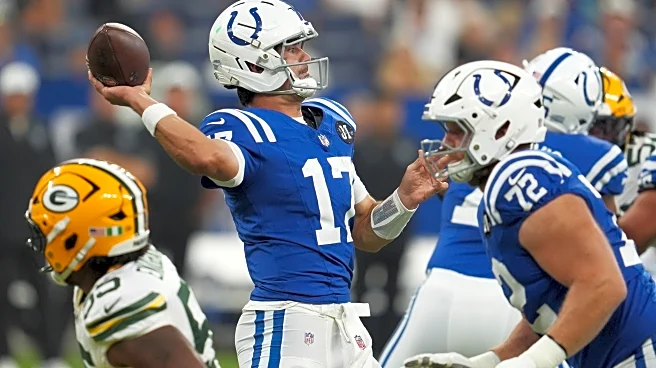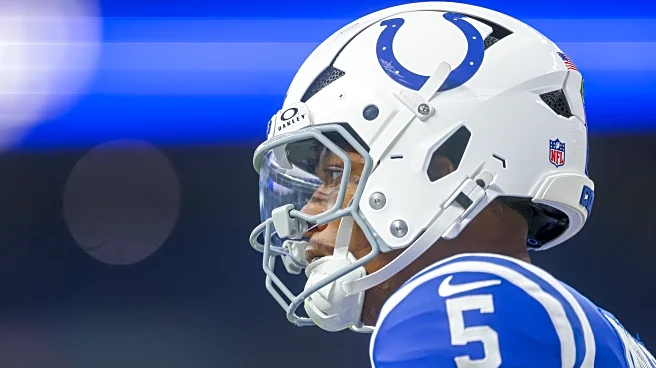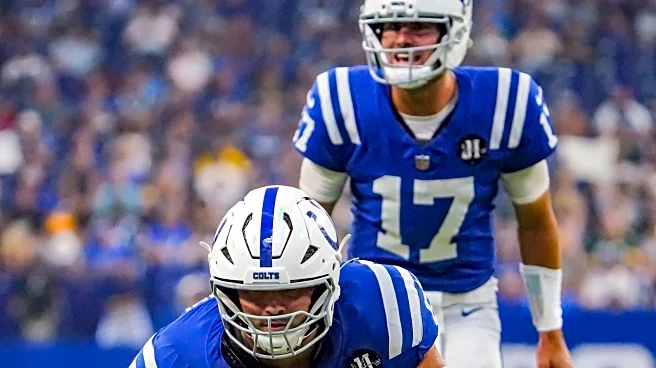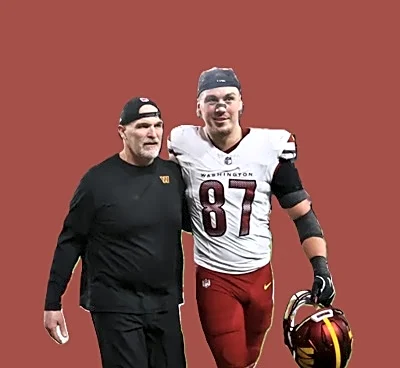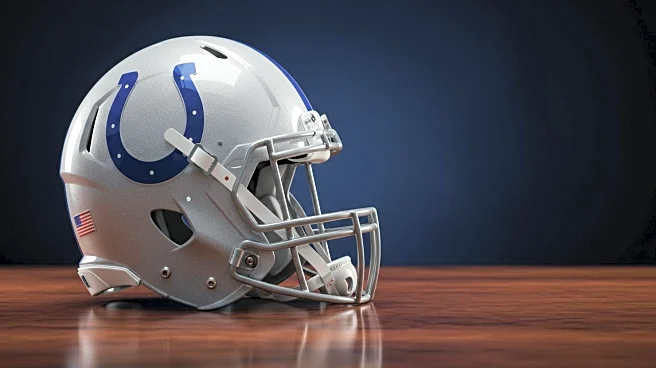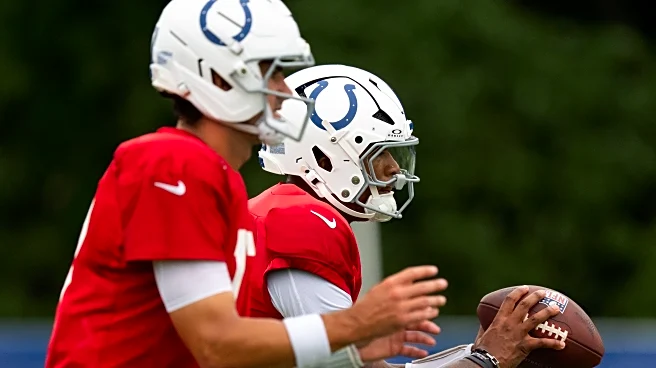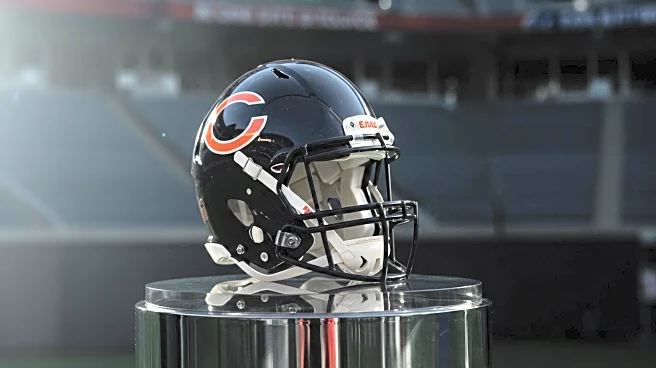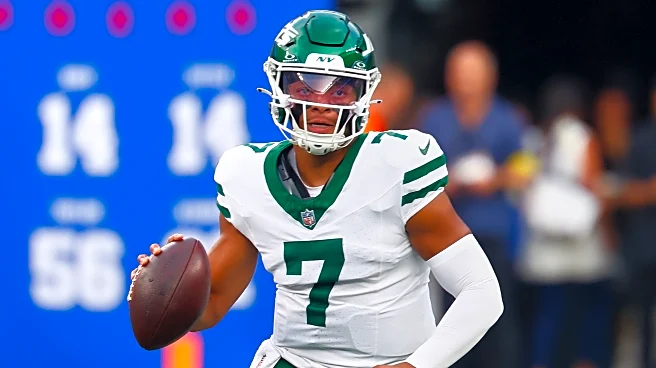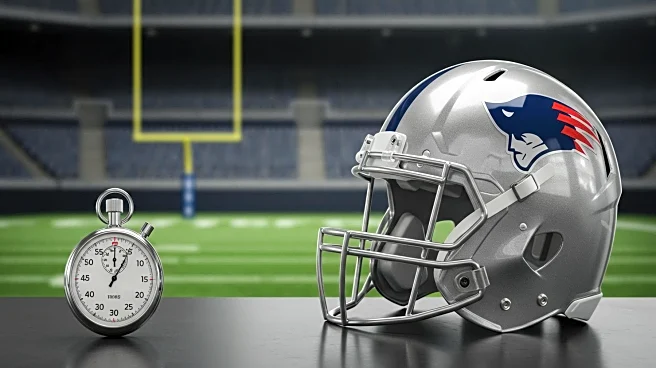
The Colts entered their second preseason game against the Packers with a clear goal: evaluate both quarterbacks at the top of the roster. Daniel Jones and Anthony Richardson each saw extended work, offering very different but equally telling performances. While neither clearly separated from the other, the game once again underscored the “floor versus ceiling” debate at the heart of Indianapolis’ quarterback decision.
The Colts ended up going with Daniel Jones as their starting quarterback for Week
1 of the regular season, but as you’ll see Jones didn’t necessarily play better or prove that he deserved to be the starting option.
Daniel Jones
Jones opened the game with the starters against Green Bay’s first-team defense. He led two drives totaling 17 plays, finishing 7-of-11 for 101 yards. His first series ended in a punt after a shaky start that included a fumbled exchange, but he rebounded with a smooth 77-yard march capped by a short field goal.
The veteran showed the traits that have defined his career: quick decision-making, accuracy on intermediate routes, and the ability to keep an offense on schedule. His best moments came when he spread the ball to tight ends and Michael Pittman Jr., establishing rhythm and tempo. At the same time, some familiar drawbacks surfaced—an occasional missed layup throw and a questionable read or two that could have stalled drives against a sharper defense. You got flashbacks of the clumsy Jones from the Giants offense.
Still, Jones’ outing highlighted his value: he steadies the offense. He may not elevate it to explosive heights, but he rarely lets it unravel. Jones offers the higher floor in this competition, giving the Colts structure and stability in a new system.
Anthony Richardson
Richardson entered after Jones and played three drives, running 27 total plays. He finished 6-of-11 for 73 yards with one rush for nine yards, producing a touchdown, a field goal, and a punt.
His first series was his best, a 12-play, 90-yard drive in which he showcased his full toolkit: quick hitters in rhythm, touch on intermediate throws, and easy velocity on 15–20 yard flicks. Richardson’s timing and ball placement stood out, especially on designed short concepts that required him to deliver on time and in stride.
The concerns were equally clear. When his first read was taken away, he showed signs of panic—happy feet in the pocket, rushed mechanics, and limited progression beyond that initial option. Those tendencies didn’t derail the touchdown drive, but they did surface on later possessions. Analysts noted that many of his early throws were highly scripted and telegraphed, the kind of layups he simply must hit. Encouragingly, he did. The question is whether he can consistently expand beyond them.
The verdict
So, who played better? Statistically, Jones had the cleaner outing, but Richardson delivered the more dynamic flashes. Head coach Shane Steichen highlighted the most important shared trait: neither turned the ball over. That steadiness gives the staff flexibility, but the contrast in styles is stark.
Jones provides the reliable floor—a quarterback who can run the system, move the ball, and limit mistakes. Richardson offers the ceiling—an athlete who, if his rhythm passing translates to the regular season, could unlock a far more potent offense.


